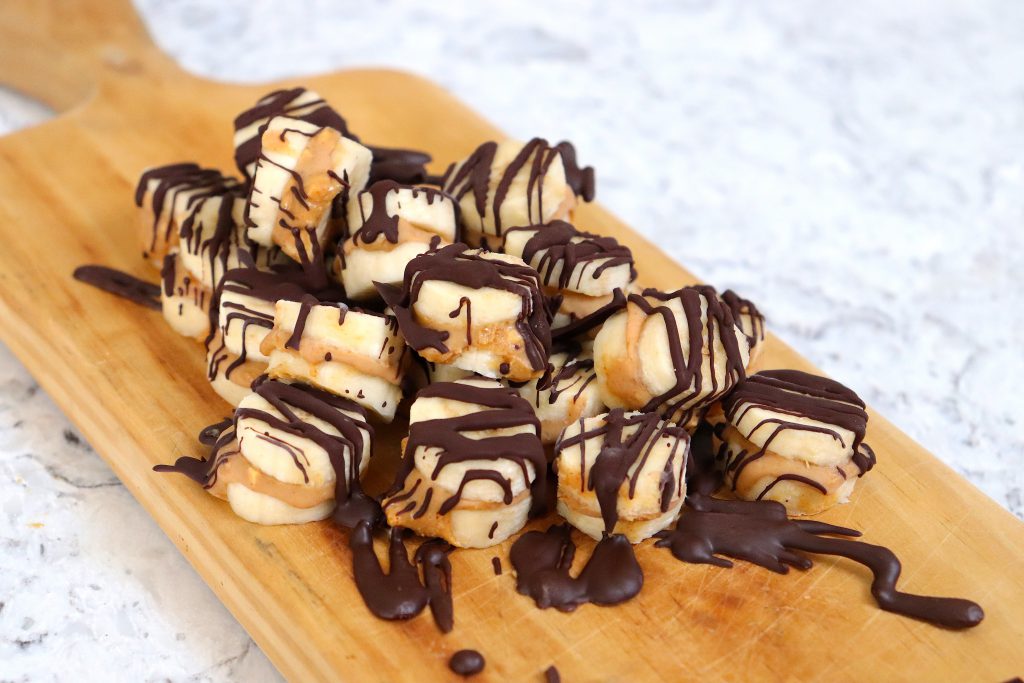Fun Facts
- Bananas grow in large hanging bunches called hands.
- Bananas contain around 75% water.
- Humans share 50% of our DNA with bananas.
- Over 100 billion bananas are eaten every year in the world, making them the 4th most popular agricultural product.
- Unlike other fruits, bananas do not grow on trees. Instead, they grow on tall, soft-stemmed plants with palm-like leaves. They are classed as herbs because they do not have a strong woody stem. Rather, the trunk is formed by a mass of intertwined leaves.
- Bananas are picked from the plant when they are green. They then continue to ripen, after harvesting, to become yellow.
Where do we come from?
Bananas originally came from the Malaysian jungle region of South-East Asia, but now they are grown in tropical and sub-tropical regions all over the world!
We grow most of our bananas in Central and South America. These countries include Honduras, Costa Rica, Belize, Ecuador, Colombia and Brazil. However, we also grow some of our Bananas in Africa, in countries such as Ghana.
This means that the average banana travels 7,000 km from where it is grown before it reaches your kitchen in the UK!
Test Yourself! Can you locate all of these countries on the map?

We are good for you!
Bananas have many health benefits. Like all fruits and vegetables, they are low in sodium, calories and fat and they are also a good source of dietary fibre. But bananas are especially good for you because …
- They are a good source of vitamin C and B6
- They are a good source of potassium, which has been used to �lower blood pressure and in the treatment of �nervous disorders.
Our Journey
- Banana plants are grown from cuttings of more mature plants.
- Only 9 or 10 months after shoots are first formed, the bananas are ready for harvesting.
- Though the bananas are still very green, they are taken by overhead cable-way to a packing station.
- At the packing station, the bananas are cut into more manageable ‘hands’ of between 10 and 18 bananas.
- These ‘hands’ are cut into smaller clusters of between 3 and 7 bananas before they are washed in cool water tanks, to remove dust and cool them, in order to slow down the ripening process.
- After being washed, the bananas are checked for quality and then loaded into cardboard boxes for shipping.
- The bananas are shipped on boats, inside large temperature-controlled rooms. This is to try and slow down the ripening process during transportation.
- At the port, the bananas are transferred onto temperature-controlled lorries and taken to a ripening centre.
- After the ripening process is completed, the bananas are loaded back onto lorries and sent to supermarkets all over the country for you to buy!
Did you know …
… A monkey peels a banana upside down, compared to our way, by pinching the top and splitting the skin before peeling it down to reveal the fruit. This is easier and less damaging to the banana. Why don’t you give it a try?
Get Cooking: Frozen Banana and Peanut Butter Bites

These are super quick and easy to make! They are really delicious and are perfect as a quick healthy snack, or an after-dinner treat. Click here for the recipe.